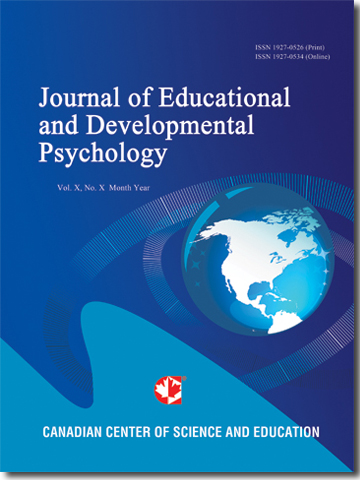When Do Gender Differences in Academic Achievement Originate? Examining Preschoolers and Early School Children Longitudinally
- Daniel Sewasew
- Missaye Mengsite
- Ebabush Kassa
Abstract
The skewed emphases on central tendency and dispersion statistics often provide an estimated summary of scores and variances of the overall distribution. Studies may therefore overlook significant variations across these distributions' different percentiles. This study examined gender academic disparities in STEM and reading subjects of the USA sample (Early Childhood Longitudinal Study-Kindergarten, ECLS-K:2011). The Quantile Regression (QR) model was utilized and found academic gender differences across school subjects, students’ academic grades, and proficiency levels. There were often more differences in the extreme tails of the distribution than around the mean. The gender gap started with the top students in kindergarten and quickly spread throughout the distribution and primary school grades. Boys at the extreme ends of the distribution had the lowest reading scores by a significant margin. However, boys consistently rank among the top students in math and science. Early-age attention and intervention are needed to avert subsequent-grade academic achievement inequalities.
- Full Text:
 PDF
PDF
- DOI:10.5539/jedp.v13n1p67
Journal Metrics
(The data was calculated based on Google Scholar Citations)
1. Google-based Impact Factor (2021): 1.11
2. h-index (December 2021): 29
3. i10-index (December 2021): 87
4. h5-index (December 2021): N/A
5. h5-median (December 2021): N/A
Index
- Academic Journals Database
- CNKI Scholar
- Copyright Clearance Center
- CrossRef
- Elektronische Zeitschriftenbibliothek (EZB)
- EuroPub Database
- Excellence in Research for Australia (ERA)
- Harvard Library
- Jisc Library Hub Discover
- JournalSeek
- JournalTOCs
- LIVIVO (ZB MED)
- LOCKSS
- MIAR
- Open Access Journals Search Engine(OAJSE)
- PKP Open Archives Harvester
- Publons
- ROAD
- Scilit
- SHERPA/RoMEO
- Standard Periodical Directory
- Stanford Libraries
- Technische Informationsbibliothek (TIB)
- UCR Library
- UoB Library
- WorldCat
- Zeitschriften Daten Bank (ZDB)
Contact
- Carol WongEditorial Assistant
- jedp@ccsenet.org
